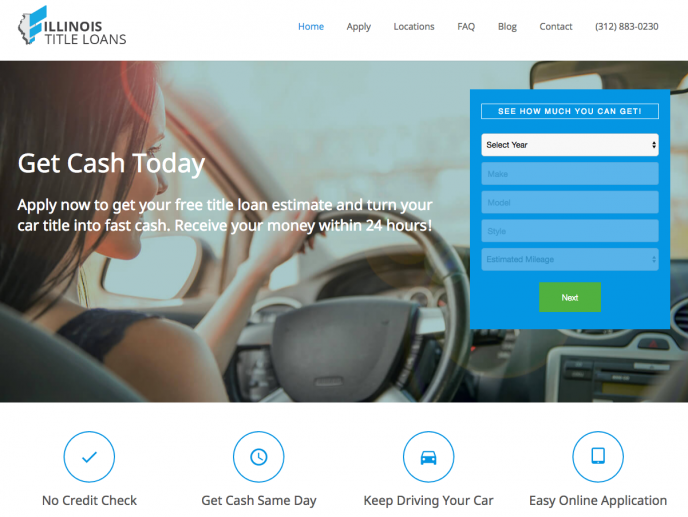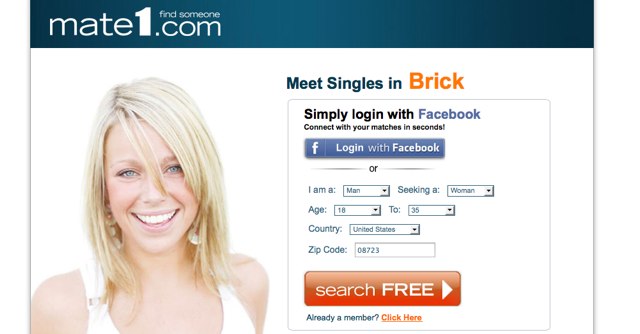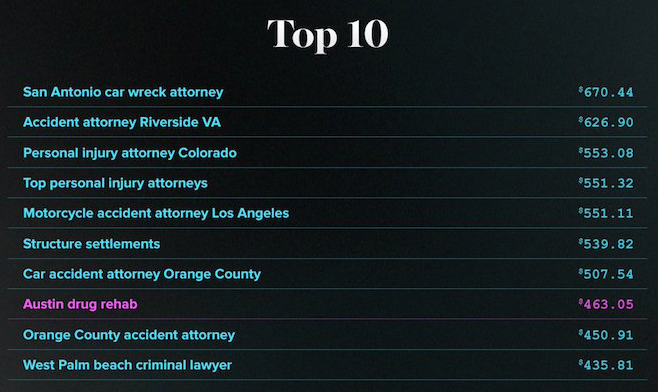It’s now easier than every to target your demographic audience and make sure your ads are being seen only by those who are interested. While this may be taken for granted today, it’s something that has just recently been developed over the last several years.
When I first started running ad campaigns back in the mid-to-late 90s, companies were buying as much banner advertising as they could. What’s even crazier is that there was really no demographic targeting in this advertising either — companies simply wanted exposure and to show they were pushing massive traffic through their sites.
This eventually led to the dot-com crash and tons of sites went out of business.
Now the internet is completely different and thanks to advanced advertising platforms like Facebook Ads, Google Adwords and many other solutions out there, you can pretty much target anyone based off their interests, searching habits and where they might live.
With all of that said, in this article I’m going to give you three examples of how demographic and geographic targeting can be used to increase conversions. Best of all, this isn’t just for settings within advertising platforms, it’s also within the content and landing pages that are used to market different products and services online.
Landing Pages
As bloggers and affiliate marketers, we are all quite familiar with the concept of landing pages –Â the concept of building out individuals pages for a single specific action to take place. Landing pages should have enough key points on the landing page, while not giving the end user the ability to click away from the site or lose focus on what the ultimate conversion or call to action is.
In addition to the content found on a landing page, a great way to increase conversions is by building out individual sites or sign up pages based on the audience you are trying to attract.
A perfect example of this can be seen on the car title loans landing page below. You will see the page is labeled with “Illinois Title Loans”, has an image of the state and is also running off the state targeted URL of illinois-titleloans.com. All of this comes together to provide a more targeted experience towards Illinois-based users, versus sending them to a generic site that applies to all states and drivers.

This is also something we’ve commonly seen in the online dating space. Take a look at these online dating landing pages and you will see that many of them will pre-populate the city or state that you currently live in.

While it doesn’t go into the same detail and lengths that the auto landing page does, the minor geotargeting references have definitely been proven to increase conversions across the board.
Long Tail Keywords in Search
Another area where geographic targeting is key is through search marketing and pay per click advertising. While Google may be getting better at localized search results, we can clearly see the demand for high-value search terms in this latest Google Adwords infographic which showcases the highest paying keywords today.

Yes, there really are keywords that advertisers are paying $600+ per click on. What you will notice right away is that nearly all of these terms are legal related, but also that they are all relevant to localized keywords. It’s not just “car wreck attorneys” that advertisers want to rank for, it’s specifically “san antonio car wreck attorney”.
This means there is a ton of money to be made if you were to build out a localized niche site, just for legal references. It’s not a huge market, but when you have advertisers willing to spend hundreds of dollars per click, you simply don’t need a massive audience flowing through your site.
Localized Facebook Ads Targeting
When you have a massive audience in one location or on a single platform, it’s quite easy to make a lot of money once you’ve mastered the art of the traffic source. Facebook Ads is one such platform that isn’t easy to master, but once you do, there are potentially well over a billion active users at your fingertips.
Thanks to Facebook Ads’ demographic self-serve advertising platform it’s never been easier to create websites, blogs or landing pages and have them seen only to your targeted audience. This is especially true for location-based targeting.
Facebook is actually so advanced with their location-based advertising, that they offer four different options for it.
- Everyone in this location (default): People who live in the selected location as stated under “current city” on their Facebook profile as well as people who have that location as their most recent, based on information from their mobile device.
- People who live in this location: People who live in the selected location as stated under “current city” on their Facebook profile. This is also validated by IP address and aggregate information about their friends’ stated profile locations.
- People recently in this location: People whose most recent location is within the selected area, as determined by information from their mobile device. This includes people who live there or who may be traveling there.
- People traveling in this location: People whose most recent location is the selected area, as determined by information from their mobile device, and are greater than 125 miles from their home location. Keep in mind information from mobile devices is only available from people who have location services enabled.
With all of this in mind, take a second to think about how you could be better targeting your audiences and building out custom landing pages to increase conversions. This is a complete no-brainer for local businesses, but also for affiliates who might want to test generic affiliate offers with localized landing pages.
The Future of Advertising is Local Optimization
No matter how you are currently driving traffic or leads online, the future of localized advertising is only going to get bigger. This is especially true in the case of mobile, as your location is being tracked at all times — thus making it extremely easy for advertising to track and notify you whenever you might be in the area.
Implement these tips in your business and marketing efforts to see increased conversions and ROI across the board.
